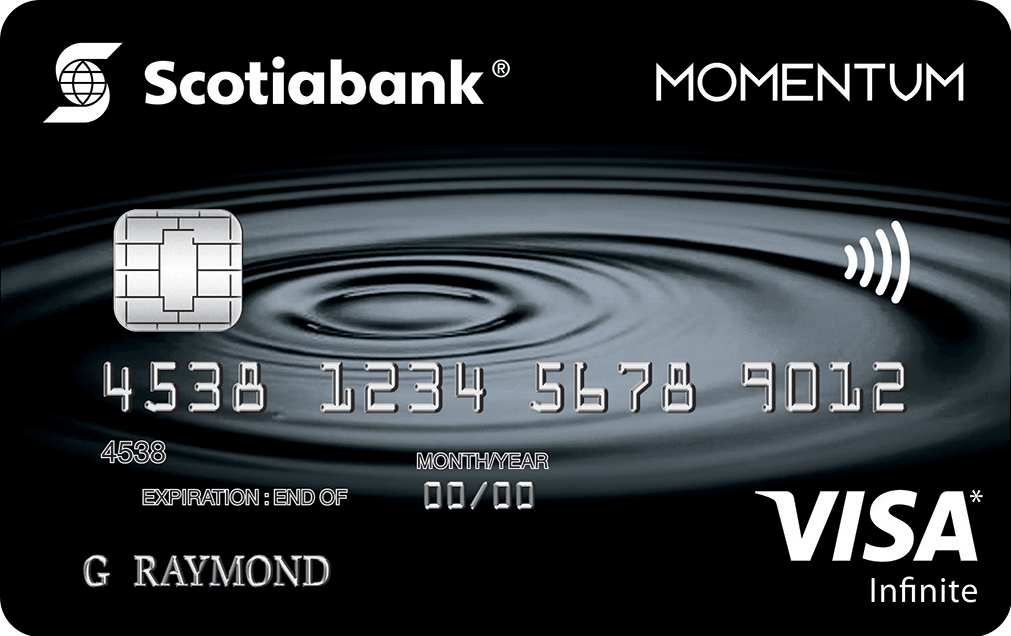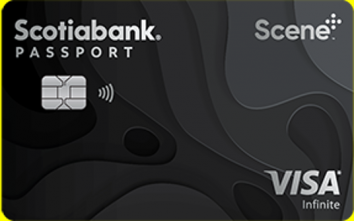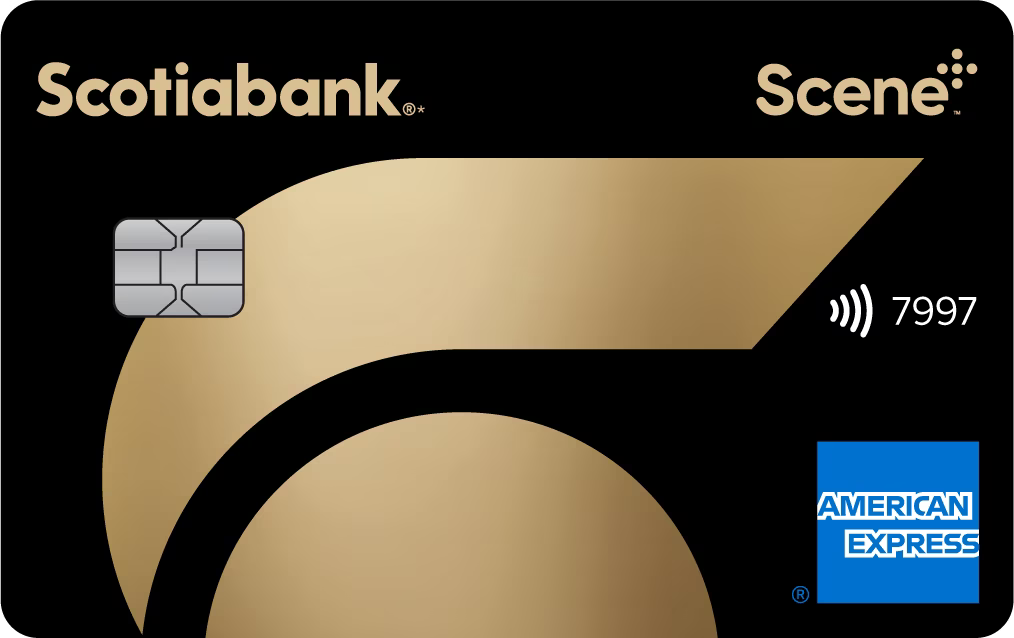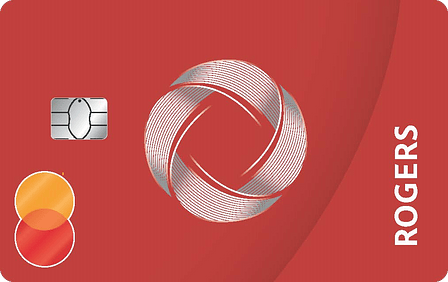2025's Best No-Fee Credit Cards for Canadians
Find the best credit cards with no annual fee.
 CashSurge
CashSurge
CashSurge increases the value of credit cards by introducing an additional cash bonus. We'll pay you up to $150 every time you are approved for a CashSurge credit card.
Jump straight to:
What is a no-fee credit card?
In Canada, the variety of credit card options can be dizzying at times. Some have points, benefits, offer travel, insurance, you name it.
However, some cards come with fees, and some don’t, which leads us to the following question:
What is a no-fee credit card?
Simply put, it’s a credit card without a yearly fee. Aside from that, it operates the same way as cards with fees. It used to be that no-fee cards didn’t really come with any rewards the way other cards do. But that has changed as competition has grown and consumer demands have changed. Many no-fee cards do offer rewards (sometimes at a lower value than cards with fees).
Fees associated with no-fee cards
Despite carrying the ‘no-fee’ moniker, these cards may still have fees associated with them, including:
- Interest: All credit cards charge interest on late payments. The promise of any credit card is that the financial institution issuing the card will loan you the money in advance on the promise of re-payment. If that payment comes late, you are charged interest on the loan. No-fee credit cards can’t escape this reality.
- Foreign transaction fees: If you are traveling, for example, most credit cards charge a foreign transaction fee of 2.5% whenever you make a purchase that’s not in Canadian dollars.
- Over-limit fees: These are charged whenever the balance of your card goes above a certain threshold, regardless of whether the increased amount was due to a purchase, interest charge, late fee or any other fee. You can opt out of the over-limit feature to ensure you won’t incur a fee. However, if you go over the limit after having opted out, your card will be declined.
- Cash advance fees: These charges occur on your credit card when you tap into your line of credit for extra cash. The fee can be in the form of a flat charge or a percentage of the advance amount.
- Inactive account fees: There may be times you want to take a break from using your credit or reduce your spending. Some financial institutions may charge you an inactive account fee if you don't use your credit card for a long time. The financial institution may even close your account if your card is inactive for a year.
The Best of Finance Winners for 2025: Best No-Fee Credit Cards
Best No-Fee Cash Back Credit Card
Just because a card doesn’t charge an annual fee doesn’t mean it skimps on rewards. Many no-fee credit cards offer hundreds of dollars in cash back for making everyday purchases and feature additional benefits like shopping coverage or exclusive offers.
We compared the top no-fee cash back credit cards using our Best of Finance methodology and ranked the cards that provided the highest first-year value.
| First-Year Value* | Credit Score Required | Winner | |
|---|---|---|---|
| $480 | Excellent | Rogers Red World Elite® Mastercard® | |
| $545 | Good | American Express® Green Card |
*The RATESDOTCA Best of Finance methodology assumes the cardholder spends an average of $2,000 a month on their card to determine the first-year value. The calculation includes all welcome bonuses and promotional offers at the time of publishing.
Winner: Rogers Red World Elite® Mastercard®
The Rogers Red World Elite® Mastercard® offers excellent cash back benefits, especially for Rogers, Fido, or Shaw customers. If you’re one of these customers, you can still earn up to $480 annually if you maintain a $2,000 monthly balance. You’ll earn 2% cash back on all eligible purchases, and when you use your cash back rewards to pay for Rogers, Fido, or Shaw purchases, you’ll get 1.5x more value, letting you maximize your rewards.
For those who frequently pay in U.S. dollars—whether it’s traveling or shopping online—the card gives you 3% cash back on U.S. purchases. Even if you’re not a customer of Rogers, Fido, or Shaw, you can still earn unlimited 1.5% cash back on eligible non-U.S. dollar purchases. These features give all cardholders rewarding ways to save on daily spending.
According to our Best of Finance methodology, the average Canadian will have $480 within the first year.
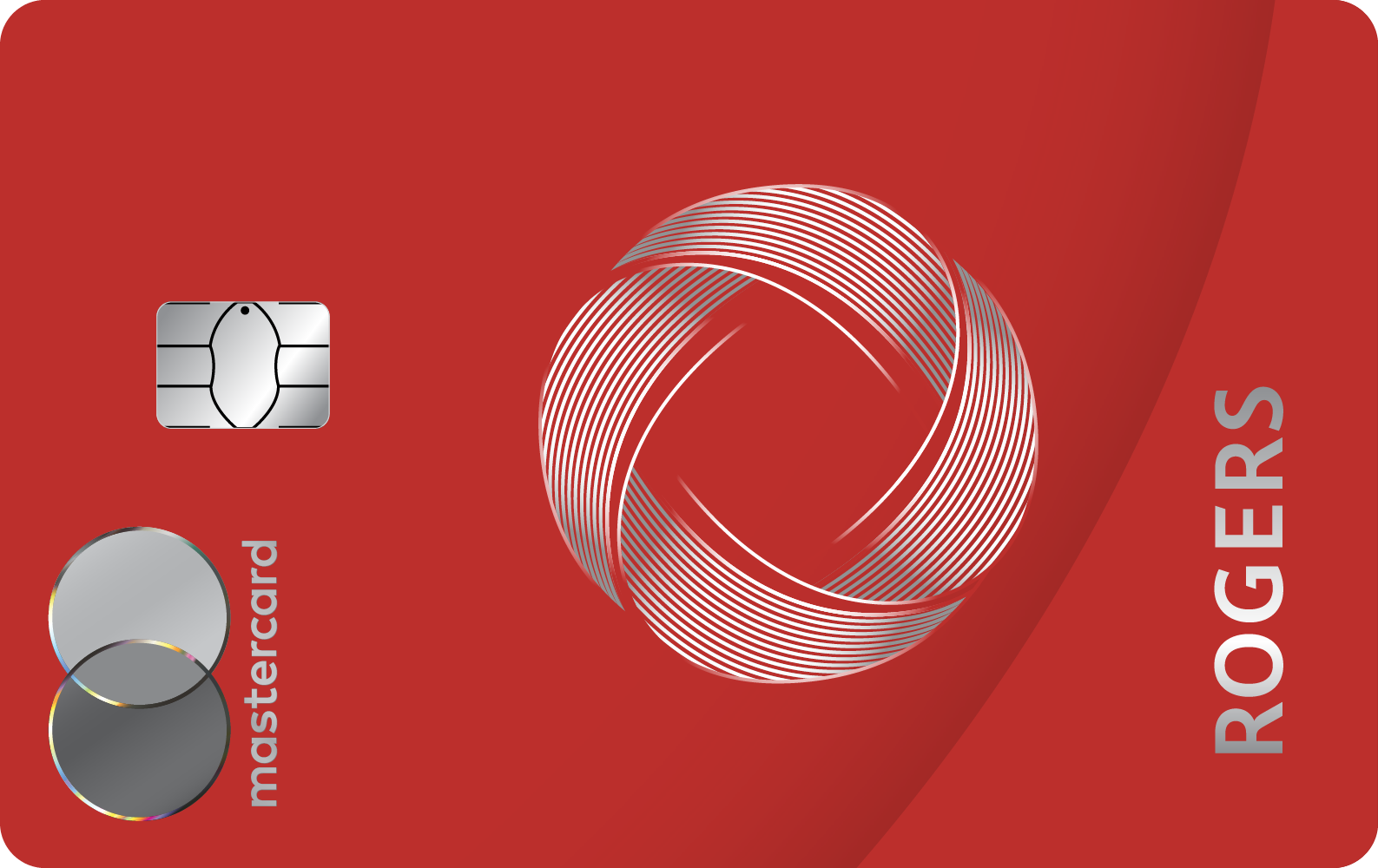
Annual fee
$0
Welcome bonus
N/A
Rewards
Rogers, Fido and Shaw customers:
- Earn 2% cash back on eligible purchases
- 1.5x redemption bonus on Rogers, Fido and Shaw purchases
- U.S. dollar purchases
If you are not a Rogers customer:
- Earn 1.5% cash back on all eligible purchases
Earning potential
How does this card stack up to other rewards credit cards? We crunched the numbers using our Best of Finance methodology to see how much an average Canadian could earn over a 12-month period.
Rewards earned over a 12-month period + Cash bonus + Welcome bonus = $480 + $0 = $480
Benefits
- Complimentary membership to Mastercard Travel Pass provided by DragonPass
- Access to over 1,300 airport lounges worldwide
- Admission is USD $32 per person visit
Insurance coverage
- Purchase Protection - 90 days
- Extended Warranty - 1 Year
- Emergency Medical Term - 10 days
- Trip Cancellation - $1,000
- Trip Interruption - $1,000
- Rental Car Theft and Damage
Runners-up: Best No-Fee Cash Back Credit Card
Simplii Financial™ Cash Back Visa* Card
The Simplii Financial™ Cash Back Visa* Card is a great fit for people who love dining out and want to avoid paying an annual fee. You can earn up to 4% cash back at eligible restaurants and bars, which is the card’s top earn rate. It also offers 1.5% cash back on gas, groceries, and pre-authorized payments, helping you save on everyday expenses. For any other purchases, you’ll earn 0.5% cash back. It’s a simple and rewarding way to get more value from your spending without any added costs.
Annual fee
$0
Limited time offer/bonus
Earn up to 10% cash back† for your first 3 months up to $1,000 eligible spend
Offer expiry date:
Ongoing
Rewards:
- Up to 4% cash back on eligible restaurant, bar and coffee shop purchases
- Up to 1.5% cash back on eligible gas, grocery, and drugstore purchases and pre-authorized payments
- 0.5% cash back on all other purchases
SimplyCash® Card from American Express
Cardholders of the SimplyCash® Card from American Express earn 1.25% on all purchases, with no limit on how much cash back you can earn. As with all Amex cards, you get solid insurance and entertainment perks.
According to our Best of Finance methodology, the average Canadian would earn around $468 cash back in the first year and $368 a year thereafter.
Annual fee
$0
Annual fee for additional cardholders: $0
Limited time offer/bonus
- In your first 3 months as a new SimplyCash® Card from American Express Cardmember, you can earn a bonus 5% cash back on all purchases (up to $2,000 in purchases). That’s on top of your everyday cash back earn rates. That’s up to $100 in bonus cash back.
Offer expiry date: N/A - subject to change without notice
Rewards
- Earn 2% cash back on gas and groceries, with no limit to how much cash back you can earn.
Best No-Fee Travel Credit Card
Access the top travel rewards programs with these no-fee cards. While this batch of cards have slightly lower earn rates than their counterparts with a fee, they still provide excellent value and great perks.
Plus, these cards can slide into your wallet as a primary or secondary credit card, and you don’t have to worry about another annual expense. You can use the card as often or sparingly as you like without having to justify its worth.
We compared the top no-fee travel credit cards using our Best of Finance methodology and ranked the cards that provided the highest value while also considering additional complimentary travel perks and benefits.
Winner: American Express® Green Card
The American Express® Green Card is a rewarding choice for both everyday spending and travel. In the first year, you can earn $340 in rewards, and $240 in the years after. You get one Membership Point® for every dollar you spend, and every 1,000 points equals a $10 statement credit. When it comes to travel, your points can cover the base rate of a round-trip ticket, which is the cost before taxes and fees. You can use points for economy or business class seats, with a fixed number of points needed for redemption. For example, short-haul economy flights within Canada or to nearby U.S. destinations start at 15,000 points, and flights to Europe start at 60,000 points. Business class tickets require more points.
The card also offers flexibility with how you use your points. With the Flexible Points Travel Program, you can use points to cover fees, taxes, and surcharges not included in the base ticket price. Additionally, you can redeem points for hotels, car rentals, and vacation packages. The card allows you to transfer points to participating airline and hotel rewards programs at a 1-to-1 exchange rate, including Air Canada’s Aeroplan program. This flexibility makes it a great option for maximizing rewards and travel perks.
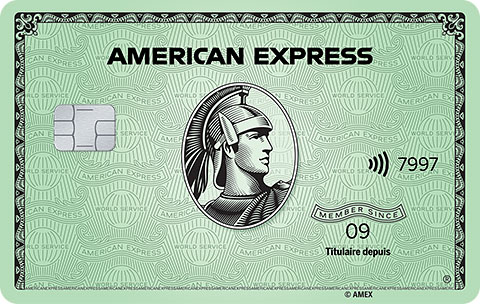
Annual fee
$0
Welcome bonus
Earn a welcome bonus of 10,000 Membership Rewards® points ($100 value) when you charge $1,000 in purchases to your card in the first 90 days.
Rewards
1x point for every $1 in card purchases
Benefits
- Amex ExperiencesTM and Front Of The Line® Amex Presale Tickets
- Transfer points 1:1 to several frequent flyer and other loyalty programs
- Fraud Protection
Insurance coverage
- Purchase Protection - 90 days
- Extended Warranty - 1 year
*RATESDOTCA may receive compensation when you click on links to those products or services. However, our content and calculations are objective and free from bias. The opinions expressed are purely those of RATESDOTCA; thus, partners are not responsible for any editorials or reviews that may appear. For current term and conditions on any advertiser or partner’s product, please visit their website.
The pros and cons of a no-fee credit card
Choosing the best no-fee credit card can be a daunting task. There are many choices with different rewards and benefit programs, as well as other transactional fees associated with them. Here’s a list of pros and cons to help you navigate the no-fee credit card environment.
| Pros | Cons |
|---|---|
No annual fees | Fewer rewards or benefits per spend than cards with fees |
Can help you gain a credit history without extra expenses | Not too many options for travel cards or travel perks |
They save you money | If you fail to pay off the balance(s) each month the benefit of the no-fee may be negated |
Often come with welcome benefits | You may have to spend a minimum amount within a certain time frame after opening the card to unlock its benefits |
Because there is no fee, they can act as a back-up to other cards you might have | Higher interest rates than cards with fees |
No-fee cards generally require a lower credit score than cards with fees |
How to choose the best no-fee credit card
Choosing the best no-fee credit card takes a bit of time and research. Sites like RATESDOTCA offer information on the best no-fee cards and what they offer. Here are some of the things you should consider when looking at the landscape of no-fee credit cards:
- Interest rate: All credit cards charge an interest rate for late payments. That’s how credit card companies make their money. However, because no-fee cards have the benefit of being inexpensive, they generally come with higher interest rates, which can cost you more down the road. It’s best to compare rates when making your decision.
- Annual fee waived: Some no-fee credit cards waive their annual fees initially but may re-introduce them after one year. Alternatively, some benefits don’t kick in until the first month or after a payment has been made. Read the fine print when making your selection.
- Rewards: Because there are no fees associated with no-fee cards, financial institutions need to find ways to make money in other areas. That’s why many no-fee credit cards’ rewards offer fewer perks or bonus rewards points than cards with fees. Find the card that meets your budgetary needs but also offers the most rewards possible.
- Insurance: Most cards offer insurance protection of some kind – but each card is different. And some no-fee credit cards may offer less, given their budgetary constraints. Ask your credit card provider about the types of insurance they offer with their card.
Best credit cards in other categories
- All the Best Credit Cards in Canada
- Best Overall Travel Credit Card
- Best Overall Cash Back Credit Card
- Best Low Interest Credit Card
- Best Balance Transfer Credit Card
- Best Secured Credit Card for Building Credit
- Best Credit Card for Young Professionals
- Best Student Credit Card
- Best Credit Card for Earning Travel Points
- Best Credit Card With No Foreign Transaction Fees
- Best Family Credit Card for Gas and Groceries
- Best Credit Card for Staying at Home and Ordering In
- Best No-Frills Cash Back Credit Card
Frequently asked questions about no-fee credit cards
Got more questions about no-fee credit cards? We got you covered.
No-fee credit card or visa debit card – which is better?
Each person has different financial and credit card needs. A debit card and no-fee credit card do different things for different circumstances. For example, a no-fee credit card can offer inexpensive credit, with the chance to earn rewards, and perhaps most importantly, create a credit history.
A Visa debit card does not allow you to earn rewards and does not help you build your credit. It simply allows you to make transactions with money you already have, rather than borrowing or using credit.
Who should have a no-fee credit card?
A no-fee credit card is great for people who are on a fixed income or have limited resources. The no-fee element helps them save money, while providing them with the benefits of using a credit card that can earn rewards and build a credit history.
Is it worth getting an annual fee credit card for its cash back and/or rewards?
It really depends. Each cards’ reward system is different. Some cards with cash back features can earn valuable rewards for your spending. But that might not be what you’re after. Perhaps. you are after travel or other rewards bonuses that you know make more sense to your lifestyle. Also, travel reward cards may have higher fees than cash back cards. It’s best to compare the cards on sites like RATESDOTCA and see what suits you best.




